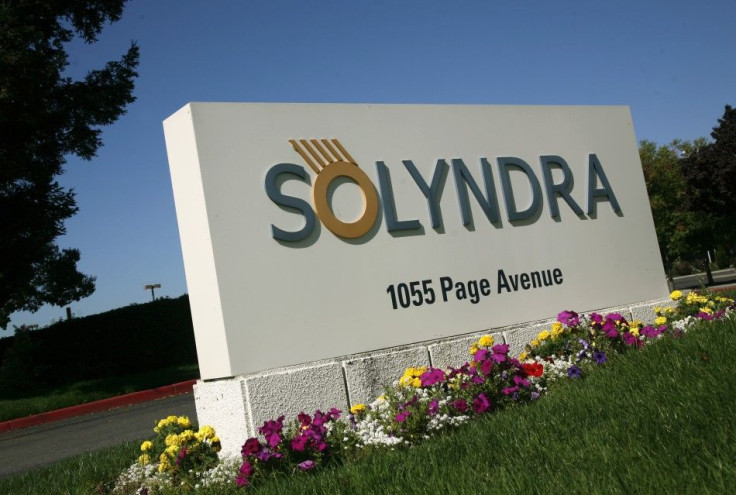Solyndra Scandal: 5 More U.S. Energy Scandals

The recent bankruptcy of solar energy company Solyndra raises questions regarding its relationship with the U.S. Department of Energy, which allegedly modified a loan agreement to prevent the tettering company from going under. The incident casts a shadow over the solar energy industry, already a controversial field. But energy companies have a precedent for being troublemakers, having been involved in some of the most infamous investigations in U.S. history.
Here are five of the most notorious ones.
1890, Standard Oil Antitrust Suit: John Rockefeller's Standard Oil monolith grew to control around 88 percent of the country's nascent oil country near the turn of the century, leading to comparisons of a huge octopus that had its limbs tangled around the entire industry. The U.S. Department of Justice sued the company under the Sherman Antitrust Act, pointing to Standard Oil's grasp on railroad rates, shipment rules and cars. In 1911, the Supreme Court would uphold the judgment and broke the company into 34 separate entities. Among the successors? Exxon and Mobil.
1922, Teapot Dome Scandal: During President Warren Harding's administration, Albert Fall, the secretary of the interior, leased Navy petroleum reserves to Mammoth Oil and Pan American Petroleum, in return for bribes. He was paid over $500,000, or $6 million in today's currency, in return fo rates favorable to the oil companies and not using competitive bidding. One of the reserves was at Teapot Dome in Wyoming, and State Senator John Kendrick learned of the deal from a small local oil operator, which prompted an investigation. A Senate probe found that while the leases appeared legitimate, Fall's new wealth was unexplainable, and eventually an early loan from Pan American to Fall was uncovered,e xposing the scandal. Ultimately, the leases were invalidated and Fall was fined $100,000 and sentenced to a year in prison.
2001: Enron Scandal: Shortly after the Sept. 11 attacks, Enron Corporation's accounting fraud began coming to light, leading to the bankruptcy of an energy company with reported revenues of $101 million in 2000. It would also drag down the company's accountant, Arthur Anderson, which had previously been one of the big five accounting firms. Enron's executives misled the company's board and auditors, distorting its balance sheet and risk. In early 2001, reporters and analysts began questioning the company's balance sheet and were rebuffed. Its stock began dropping from over $90 per share, and as more revelations came to light, Enron collapsed into bankruptcy in November.
2005: Halliburton and Iraq: The Texas oil giant reportedly overcharged $108 million for work in Iraq, but reports didn't leak until after the 2004 election. Former Vice President Dick Cheney, who was once chief executive, came under fire for his connection to the company. Nonetheless, Halliburton continued to be awarded government contracts, such as in 2006 when subsidiary Kellogg Brown & Root received a $385 job to build immigration detention centers in the U.S. for the Department of Homeland Security.
2010: Deepwater Horizon: One of the worst environmental disasters in history, the explosion and subsequent leaking of BP's Deepwater Horizon drilling unit spanned an agonizing three months. An estimated 4.9 million barrels of oil leaked into the Gulf of Mexico, coating wildlife in black tar and ravaging the surrounding coastline. Chief Tony Hayward became the public face of the company and after a series of publicity bungles, he eventually resigned at the near the end of the year. The federal government ultimately blamed BP, Halliburtan and Transocean for using defective cement in the oil rig. The spill's impacts continue. As of July 2011, almost 500 miles of coastline remained contaminated, and a study released this month reported that dolphins and whales die at twice the normal rate in the area.
© Copyright IBTimes 2024. All rights reserved.





















